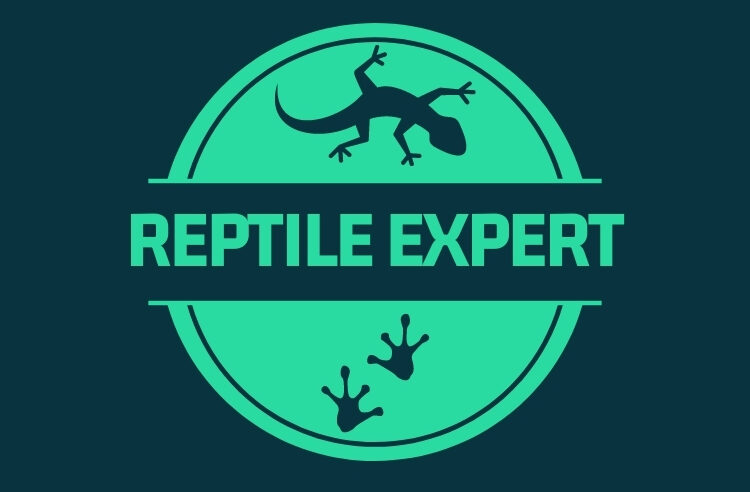Southeast Asia’a Tokay (Gekko gecko) is one of the largest of the world’s gecko species, only beaten into second place by the Leachies Giant Gecko (Rhacodactylus leachianus) of New Caledonia.
A real ‘bruiser’ of a gecko, it is important to say at the outset that the Tokay is only suited to experienced keepers, since its aggressive nature and willingness to quite literally bite the hand that feeds it (and anything else that strays into range) makes it a difficult animal to manage. Never-the-less, for all of its largely deserved reputation as the reptilian equivalent of a Pit Bull Terrier – and more than one victim has described its bite as like that of a small dog – growing to 1ft or more (30cm) it is an undeniably impressive and attractively patterned gecko to keep.
Their common name comes from the croaking cry of “toh-kay, toh-kay” – an alarmingly loud sound for a lizard, which they make particularly during the mating season, and quite often at other times too. Being nocturnal animals, it is typically heard screeching from their tank during the early hours of the morning which makes it probably one of the most distinctly un-nerving wake-up calls known to man. You have been warned!
Housing
Large and active once dusk falls, these geckoes need plenty of space, so a single individual will need a tank of at least 18 x 18 x 24 inches – and ideally bigger. As with other climbing species, height is more important than floor space, so look for as tall a container as you can – and do ensure that the lid fastens securely. You really don’t want to have to go hunting for an escapee in the dark!
The tank should be furnished with a good selection of sturdy climbing branches and provided with either leafy plants or hiding places for them to conceal themselves during the day. Pick a good, moisture retaining substrate for the base of the tank; as a tropical forest species, high humidity is important for the Tokay, so make sure it never drops below 50 per cent – with 75 to 80 per cent being the optimum for their comfort. Providing a shallow and well-topped up water bowl will obviously do a lot to help with this, along with some supplementary spraying twice daily if necessary, in the morning and evening.
Heating and Lighting
Given the tall shape of home, it is often best to heat the tank with a heat pad to provide general warmth and keep the humidity high, coupled with a heat lamp or ceramic heater to give additional hot spots. A background temperature of 25 degrees C (78F) is ideal, rising to a localised 30C (85F) or slightly higher, dropping to around 20–23C (68–74F) overnight.
As with most nocturnal or largely crepuscular species, opinions vary over the necessity for full-spectrum or UV lighting and the debate still rages hotly in many circles as to whether they have any measurable benefit. Until a really definitive scientific answer emerges to settle the question once and for all, it remains a matter of personal opinion and preference – but if you want to be really sure you’ve done all you can for your lizards, you’re probably best advised to install at least some specialist lighting in the tank.
Feeding
Provided your geckoes are happy and well settled in, feeding is not often a problem – in fact it’s more often a question of what won’t they eat! All the usual shop-bought invertebrates seem to be taken with relish, along with any locally harvested bugs that you find, though obviously the normal caution regarding collecting food items where pesticides may have been used need to be borne in mind.
Given the size and appetite of these lizards, it is worth both dusting their food with a suitable multi-vitamin and mineral supplement, and gut-loading it appropriately to keep them in top condition.
The Tokay is certainly not for everyone, but it certainly does have its appeal and there are few in the gecko clan to approach it for looks or size. If you’re an experienced and confident reptile keeper looking for something a little different and you don’t mind an animal that you’ll spend most of your time watching, rather than handling, then the Tokay might just be the one for you.
One thing’s for sure, with a lifespan in captivity of up to 10 years, and sometimes even more, they could be repaying your care for some time to come.
